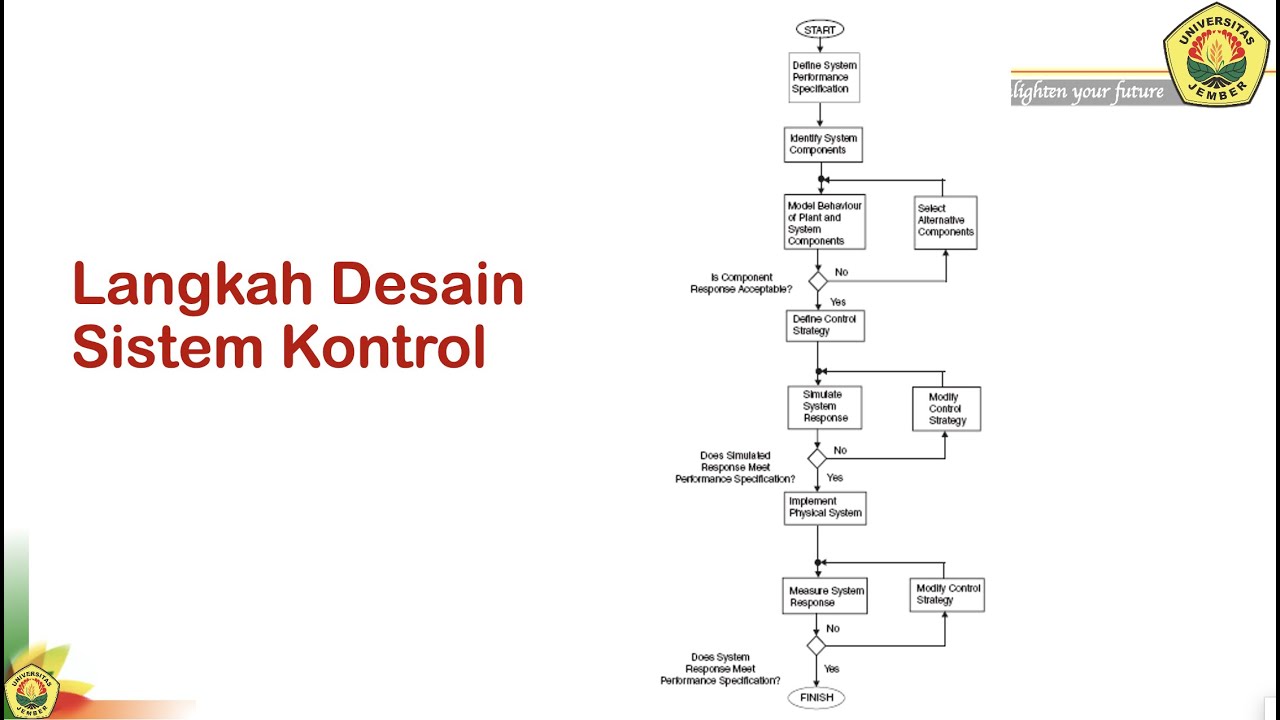LECTURE 2 – OOAD –SYSTEM ANALYSIS AND SYSTEM DESIGN - BCA SEM 6
Summary
TLDRIn this lecture, Praveen Sebastian Paul discusses the fundamentals of system analysis and design. He explains that system analysis involves collecting and interpreting data to identify problems and objectives, while system design focuses on planning and defining components to achieve specific goals. Key concepts like system properties (organization, interaction, interdependence, integration, and central objectives) are explored, as well as the major constraints that shape a system. The lecture also outlines the importance of understanding both the old and new systems in the design process. Finally, students are encouraged to review assignment questions related to the topics covered.
Takeaways
- 😀 System development is a systematic process involving planning, analysis, design, deployment, and maintenance.
- 😀 System analysis is the process of collecting data, identifying problems, and breaking down a system into its components to study it and find solutions.
- 😀 System design focuses on planning a new or replacement system, defining its components to meet specific requirements.
- 😀 Before designing, it is essential to thoroughly understand the old system and determine how technology can improve it.
- 😀 A system is an organized relationship between components working together to achieve a common goal or objective.
- 😀 Three main constraints of a system are: 1) It must have structure and behavior to achieve a predefined objective, 2) Components must be interconnected and interdependent, 3) The organization's overall objective takes priority over subsystems.
- 😀 Examples of systems include traffic management systems, payroll systems, and human resource information systems.
- 😀 A system has five key properties: organization, interaction, interdependence, integration, and a central objective.
- 😀 'Organization' in a system refers to the structured arrangement of components to meet the system's goals.
- 😀 'Interaction' refers to how the system's components communicate and work together to achieve the system's objectives.
- 😀 'Interdependence' means that the components of a system depend on each other for proper functioning, and the output of one subsystem becomes the input of another.
Q & A
What is system analysis and what is its purpose?
-System analysis is the process of collecting and interpreting facts, identifying problems, and breaking down a system into its components. Its purpose is to study a system or its parts to identify objectives, improve the system, and ensure all components work efficiently to accomplish their specified purpose.
How does system analysis help in problem-solving?
-System analysis helps in problem-solving by identifying issues within a system, analyzing the causes, and ensuring that components work together effectively. It uses a structured approach to understand the system’s objectives and improve its overall performance.
What is system design and how does it differ from system analysis?
-System design is the process of planning a new business system or replacing an existing system by defining its components or modules to satisfy specific requirements. Unlike system analysis, which focuses on understanding and breaking down an existing system, system design focuses on planning and creating a system that meets those requirements.
What are the three major components focused on in system analysis and design?
-The three major components focused on in system analysis and design are system, process, and technology. These components guide the development of systems to ensure they meet organizational needs effectively.
What does the term 'system' refer to in this context?
-A system refers to an organized relationship between independent components working together to achieve a common goal. It involves the arrangement and interaction of components to meet a specific objective.
What are the major constraints of a system?
-The major constraints of a system are: 1) It must have structure and behavior designed to achieve a predefined objective. 2) There must be interconnectivity and interdependence among the components. 3) The organization's objective must take priority over the objectives of its subsystems.
What are the key properties of a system?
-The key properties of a system are organization, interaction, interdependence, integration, and a central objective. These properties ensure that all components function harmoniously to achieve the system's goal.
How does interdependence work within a system?
-Interdependence within a system refers to how the components rely on each other for proper functioning. For example, the output of one subsystem serves as the input for another subsystem, ensuring that all parts work together cohesively.
What is the role of integration in a system?
-Integration in a system refers to how different components of the system are connected and work together. Even if each part performs a unique function, integration ensures that all parts function together to achieve the system's overall objective.
Why is it important to understand the organization's objective when designing a system?
-It is important to understand the organization's objective because the system's design must prioritize these goals over individual subsystem objectives. This ensures that the system is aligned with the broader mission of the organization and operates efficiently toward achieving those goals.
Outlines

This section is available to paid users only. Please upgrade to access this part.
Upgrade NowMindmap

This section is available to paid users only. Please upgrade to access this part.
Upgrade NowKeywords

This section is available to paid users only. Please upgrade to access this part.
Upgrade NowHighlights

This section is available to paid users only. Please upgrade to access this part.
Upgrade NowTranscripts

This section is available to paid users only. Please upgrade to access this part.
Upgrade Now5.0 / 5 (0 votes)





